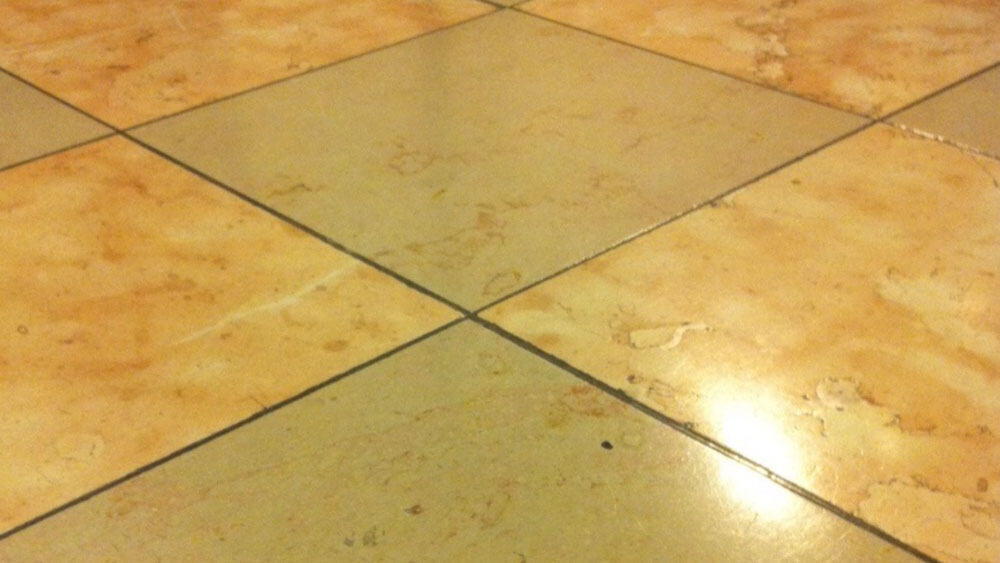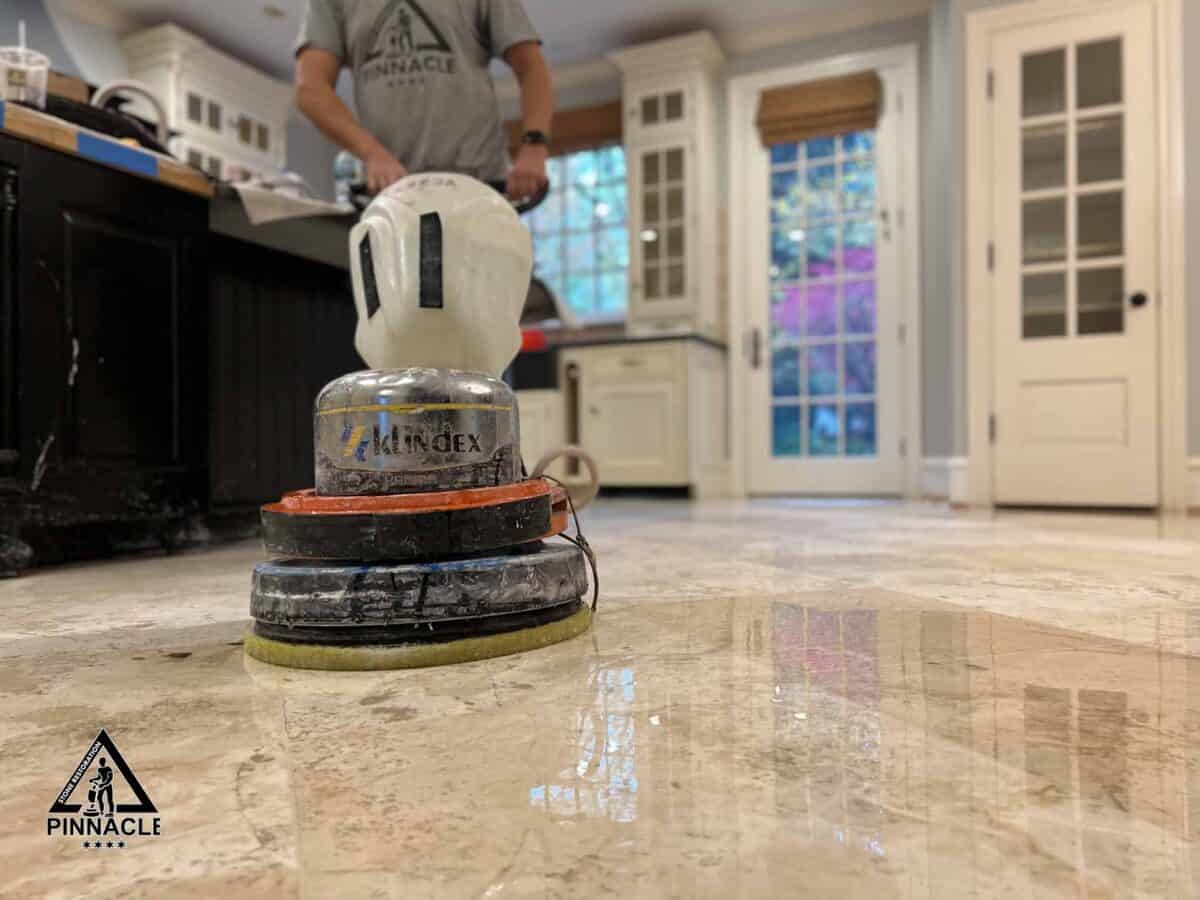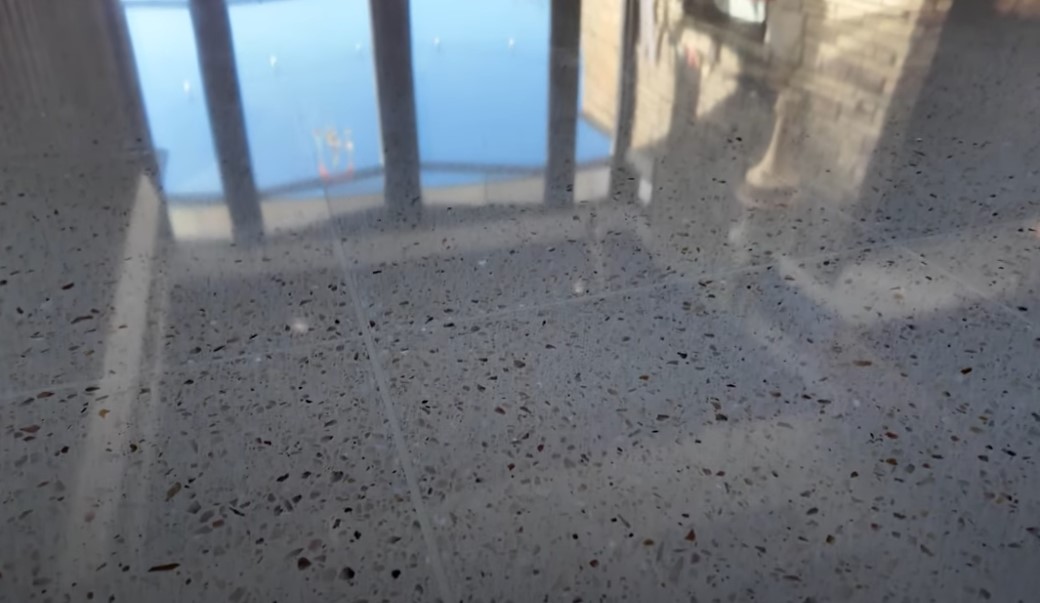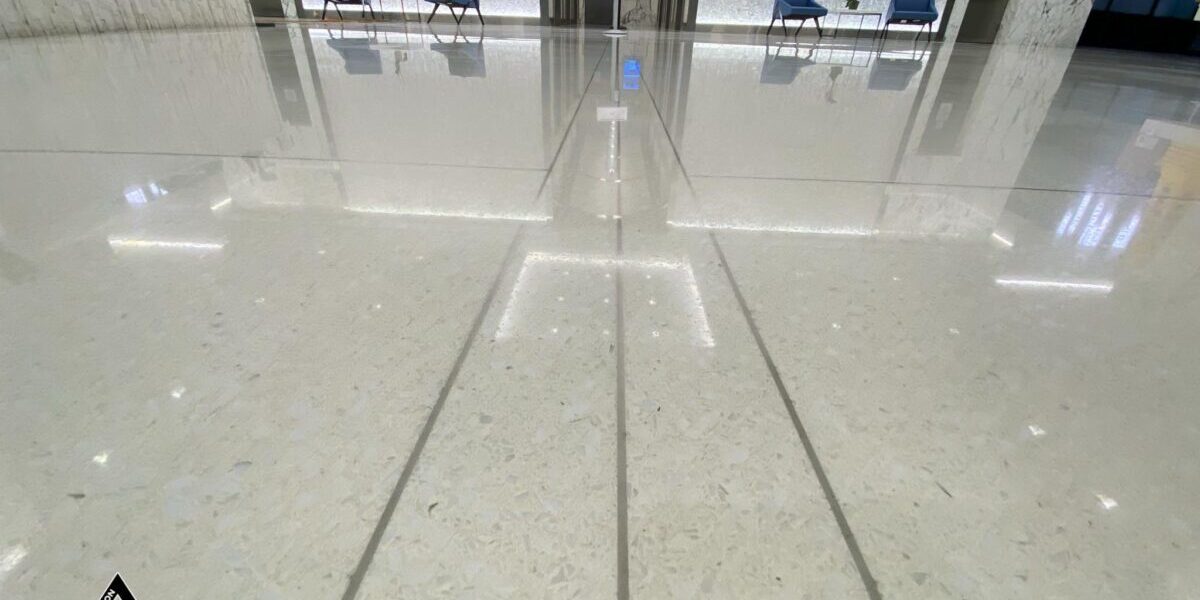
The Hidden Art of Terrazzo Floors in Airports: A Call for Appreciation and Proper Care
Airports are more than just transit hubs; they’re gateways to cities, states, and nations, offering first impressions that can be lasting. One of the unsung heroes of these first impressions is the flooring, particularly terrazzo floors, which are a staple in many U.S. airports. But is their true value being overshadowed by mistreatment and misunderstanding?
The Practical and Aesthetic Value of Terrazzo Flooring
Terrazzo flooring is favored in airports for its seamless surface, providing an easy ride for luggage and a durable platform for millions of travelers. But terrazzo’s value extends beyond functionality. Its aesthetic potential is profound, capable of telling the story of its location through intricate design patterns that represent the city or state, offering a unique narrative no other flooring type can match.
Through my extensive travels, driven by work and attending my son’s hockey games, I’ve observed the commonality among the terrazzo floors across numerous airports: they are often coated with a heavy layer of wax. This treatment, while perhaps intended to protect, actually detracts from terrazzo’s inherent qualities. The wax layer obscures the material’s natural beauty, reducing its appearance to something akin to cheap vinyl flooring, thereby stripping away the narrative and artistic intent of the original design.
However, not all airports follow this trend. LaGuardia Airport stands out with its diamond-polished terrazzo floors, an exemplar of how terrazzo should be treated. Unlike the wax-coated floors elsewhere, LaGuardia’s terrazzo flooring is meticulously polished to achieve a high-resolution reflectivity and glass-like appearance. This not only showcases the material’s inherent beauty but also translates into enhanced durability and longevity, offering a glimpse into the true potential of terrazzo when its natural elegance is embraced and preserved.
A Reflection of Cultural Misunderstanding
This prevalent practice raises fundamental questions about our cultural approach to flooring. Why invest heavily in a material known for its natural beauty and durability, only to mask it with a superficial coating? This approach not only undermines the aesthetic value of terrazzo but also its practical benefits, as the wax coatings are prone to scuffing and damage, further diminishing the floor’s appearance and longevity.
The issue extends beyond terrazzo to other natural materials like marble, granite, and limestone, which are also often misunderstood and underappreciated. The underlying problem is a cultural one, rooted in a lack of appreciation for the craftsmanship and natural beauty of these materials.
Reinstating the Right Culture
To shift this culture, we need to start valuing the artisans—the technicians, installers, and finishers—whose skill and dedication bring these floors to life. Much like the Japanese culture, which venerates the masters behind their crafts, be it sword-making, woodworking, or sushi, we should celebrate the artisans behind terrazzo.
Terrazzo installation is an art form, requiring hours of meticulous work, often in kneeling positions, as there’s no machinery that can replicate the precision of hand-crafted terrazzo. The process involves combining billion-year-old marble, harvested under challenging conditions, with other materials, poured and shaped by hand, then ground down into its final form. This labor-intensive process deserves respect, not a cover-up with wax.
Advocating for True Beauty and Durability
Instead of resorting to wax, why not embrace terrazzo’s true potential by opting for mechanical polishing? This method enhances the material’s natural beauty, durability, and longevity, allowing the intricate designs to shine through and tell their stories.
Airports are magical spaces, gateways to new experiences and memories. By giving terrazzo floors the care and appreciation they deserve, we not only enhance the aesthetic appeal of these spaces but also honor the craftsmanship and natural beauty of the materials, creating a more authentic and enriching experience for all who pass through.
As travelers, we walk over these artworks, often oblivious to their stories and the hands that crafted them. It’s time to look down and appreciate the ground beneath our feet, recognizing it not just as a surface to tread on but as a canvas that carries the essence of its locale, inviting us to engage with and appreciate its silent narrative.
